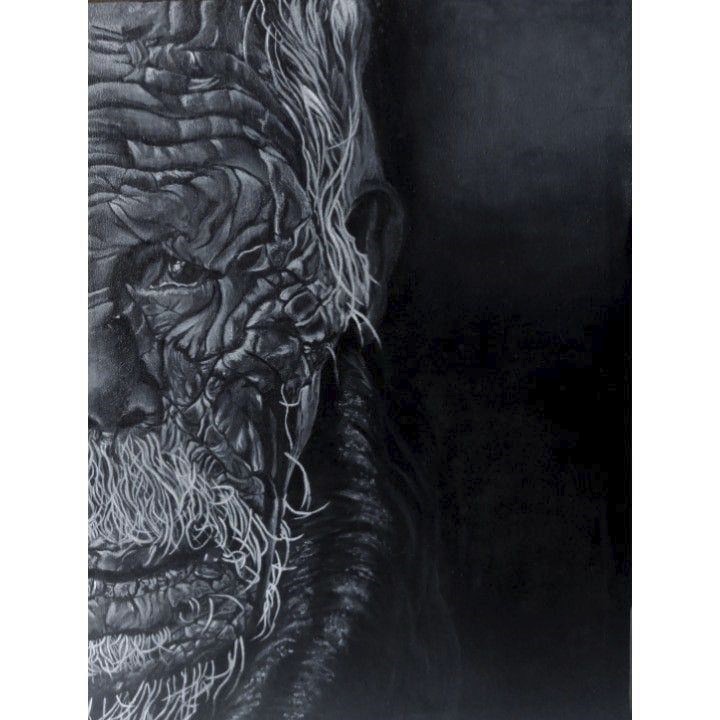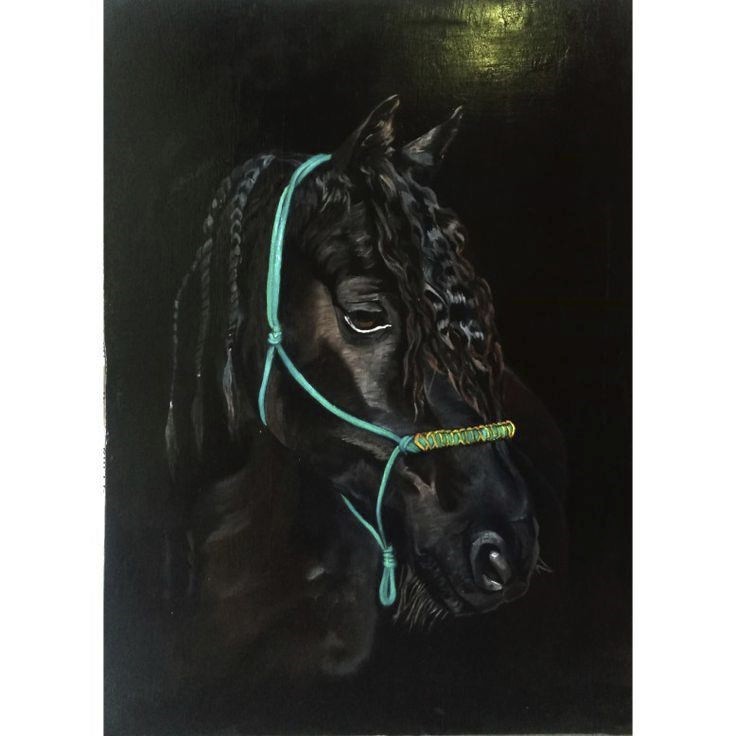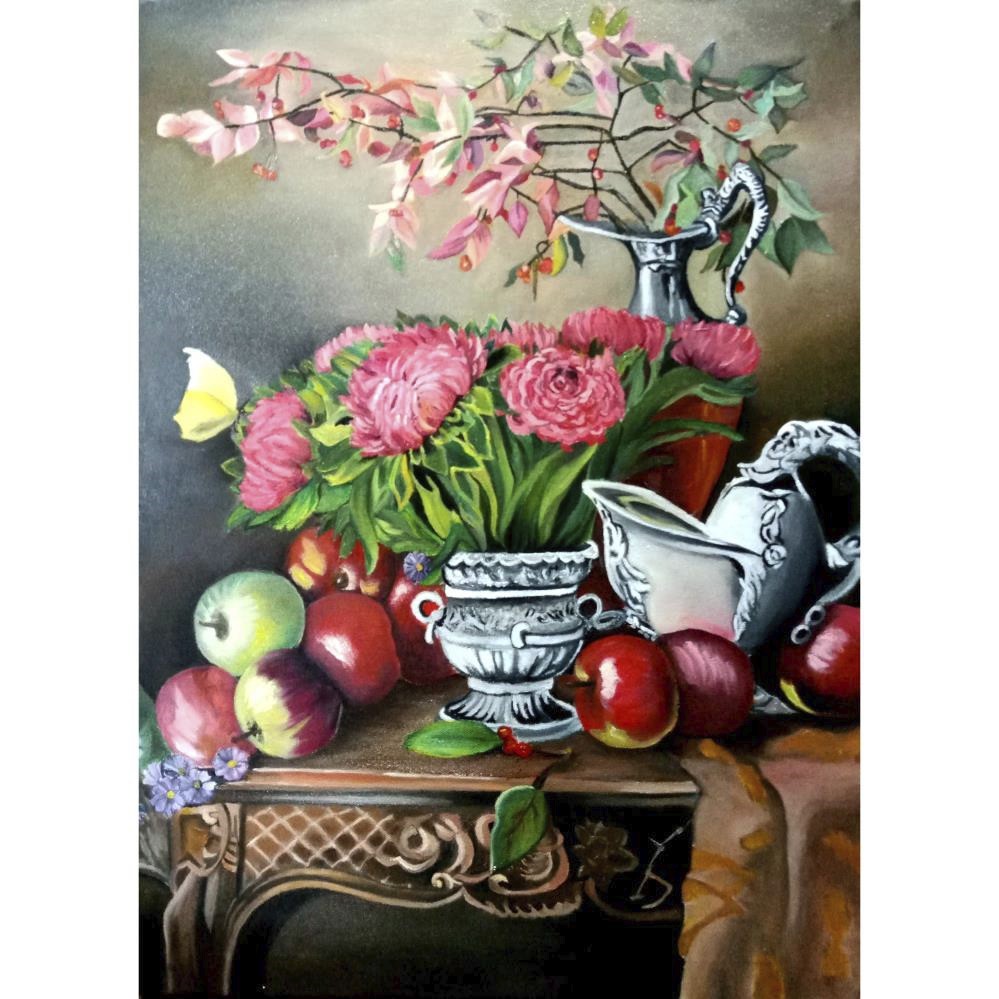About the Author – Qurat ul Ain
I have loved creating art since childhood, but my passion grew with time as I started to find my themes and colours. I began to show people my artwork on different social media platforms. After much pondering and exploring, I realized I love painting landscapes and animals, including wildlife.
My Art Journey
My admission to bachelor’s studies in Fine Arts opened a new world for me that resonates with my interests and passions! Since then, I have been polishing my skills and learning many new things in this art world. I have a great affection for drawing and painting. I had experience and practice with such realistic artworks, yet there are some techniques I want to work on and learn, including calligraphy.
Before diving into five essential techniques, let me share some fundamentals of the creative process to explore your artistic potential:
Art showed the world’s beauty before humans recognized their ability to invent new and innovative machines and techniques. Traditional art has an essence that people still appreciate. While cameras can capture moments in seconds, people still believe that how a person depicts what they see through their eyes has its sense and beauty. This artist’s lens is still acknowledged today. People still use paintings and other artworks, such as ceramic pottery, to showcase beauty and prestige, proving that art is still alive.
Your Aesthetic Sense:
Each individual sees the world through their perspective and emotions, so their sense of aesthetics plays a crucial role in showcasing their vision to others. This allows people to understand how they perceive the world they live in.
Drawing:
If someone wants to depict their perception of nature, they may need drawing skills, but this notion can be challenged. Abstract art can also convey one’s thoughts effectively, even if they don’t employ traditional artistic abilities. Moreover, people often scribble when bored, which can eventually lead to developing their creative talent. This is how you explore your interests and skills.
Learning new things:
The greatest individuals in the world are those who continue to learn. It’s possible to learn at any age, as many people continue learning throughout their lives. For artists, it is essential to remain open to new knowledge and experiences, as each person has their own unique perspective to share. Knowledge and learning are both sources of power.
Don’t force yourself:
In today’s fast-paced world, it’s not necessary to rush to do things quickly. Learning takes time. First, focus on understanding your own likes, nature, style, and perspective of the world in different situations. Emotions play a significant role in creating art, and an artist’s mental health can also impact their work over time. It’s normal to experience artist’s block, but exploring nature and traveling can inspire new ideas and thoughts. Allow your mind to flow with these new and inspiring concepts.
Five Essential Techniques every Artist must know!
I also want to share some essential tips that would be an excellent addition to your art knowledge.
How to fix a saggy canvas?
If your canvas is saggy loose or has any dent, then there is a pro tip to make it tighten again. Spray water at back of canvas and let it dry. Don’t water excessively. Do it before starting a painting. Because if paints are water soluble it may disturb the painting.
Must know about Priming a Canvas:
To achieve a smoother layer, you may need to dilute your gesso with water. The consistency of your gesso, whether it is thick and gloppy or thin and drippy, will determine if you need to do so. Go over the surface enough times with the brush to make the gesso sink evenly into the canvas. Occasionally, lumps or lines of gesso may accumulate at the edge of the brushstroke. To smooth these out, simply use a dry brush to go over them.
Underpainting or applying a wash Technique:
Many artists choose to apply an underpainting or wash of color to their canvas. This step depends on your artistic intentions and the techniques you plan to use. This base can set the overall mood and color harmony of your artwork. And that subsequent layer of colors remain more vibrant.
Drawing on Canvas Technique:
Occasionally, a lead pencil may not create a smooth and precise sketch. In such cases, some individuals prefer to use charcoal instead. Others choose to cover the canvas with a thin layer of paint, known as a wash, before using direct alternate paint such as raw sienna, burnt umber, or raw umber to paint or draw directly. Some people also draw the entire image on a sheet of paper the same size as the canvas and later transfer it to the canvas by covering the backside of the sheet with charcoal and copying it onto the canvas.
Create Depth in your Painting:
In my experience, an efficient technique is to closely examine the subject with squinted eyes. Whatever colors you see, you should apply them onto the canvas in thin layers and gradually build up the paint thickness. This creates depth in the painting and a more realistic look.
I hope you find these tips and techniques useful.
Follow me on social media and get in touch! You can also visit Artmo site to explore more of my work!



